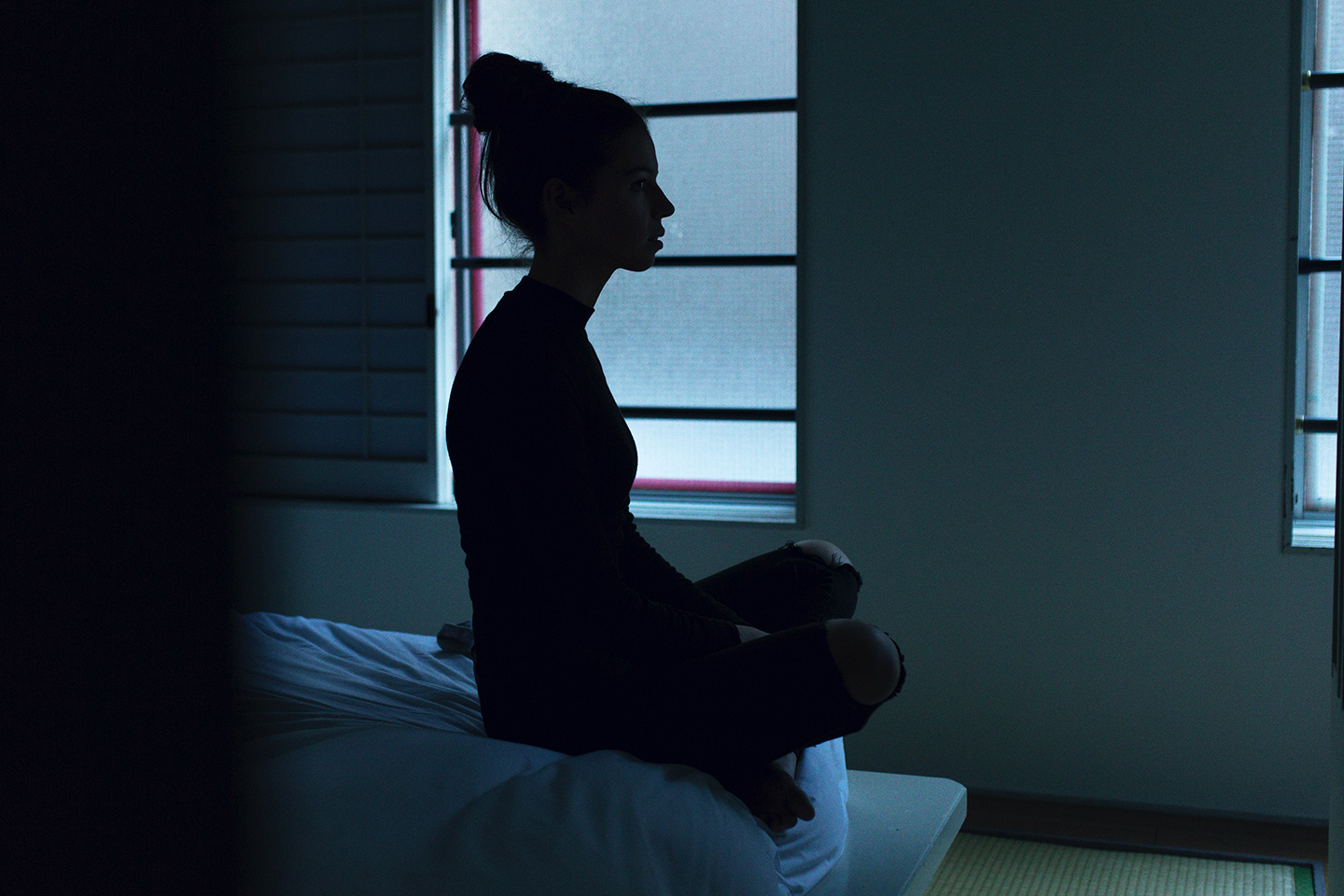Many years ago I had a patient whom I saw for chronic insomnia. They also had obstructive sleep apnea (OSA) but they were successfully treated with CPAP and I didn’t think it was a contributing factor.
I saw this patient for Cognitive Behavioral Therapy for Insomnia (CBT-I) and after several visits, they got better but not all the way. Finally, we decided to do a sleep study, and increasing the CPAP pressure helped a bit. But their insomnia never completely remitted.
When I reach a plateau with patients I look for contributing causes outside of sleep medicine. And I give my patients the option of continuing to come to see me for maintenance visits or not to. One of the goals of CBT-I is to teach people how to manage insomnia on their own.
Several months later, I received a letter from the patient and they told me they had solved their insomnia. They had decided to move out of the bedroom they shared with their spouse. They decorated the new bedroom in their style and with their preferences. Where there was previously resentment was now relief. They went into more detail about the changes and the effects.
After receiving this letter I often wondered if I helped this patient and what was going through their head in our sessions together. What stopped them from taking action sooner and what finally compelled them to make a change?
People often come to see me because of conflicts that arise from sleeping with their spouse. It can be due to snoring, insomnia, restless legs, parasomnias, chronotypes, or marital discord. Sleep divorce is not always bad and is sometimes a good solution. It’s also more common than one might expect. It isn’t a treatment that I “prescribe” because I think it’s extremely personal and must be decided by each couple. But oftentimes I help people think out loud how different solutions pan out in a hypothetical situation.
Have you ever heard of the term sleep divorce?


